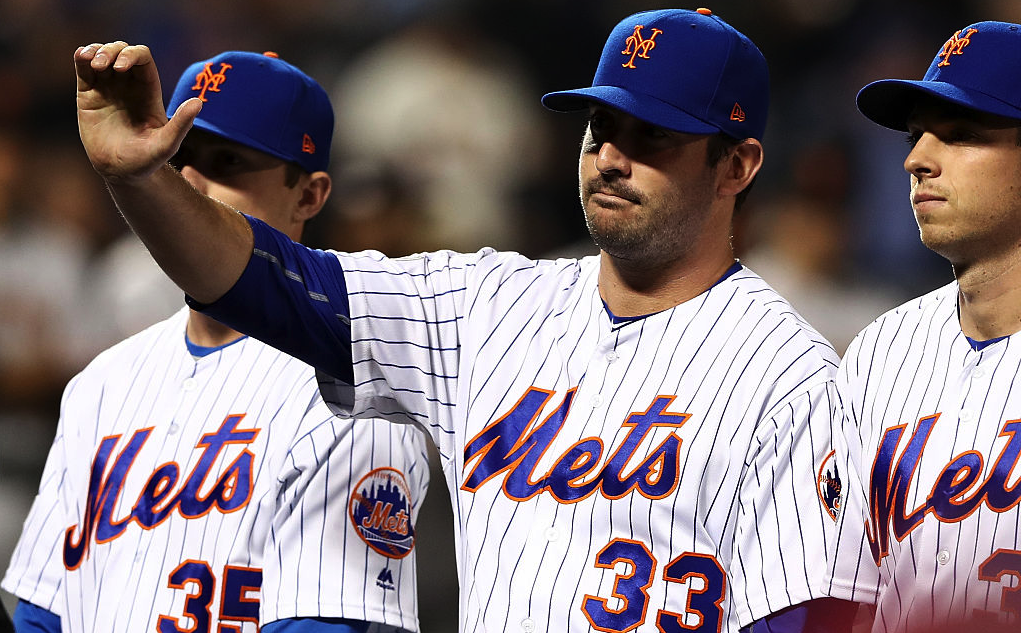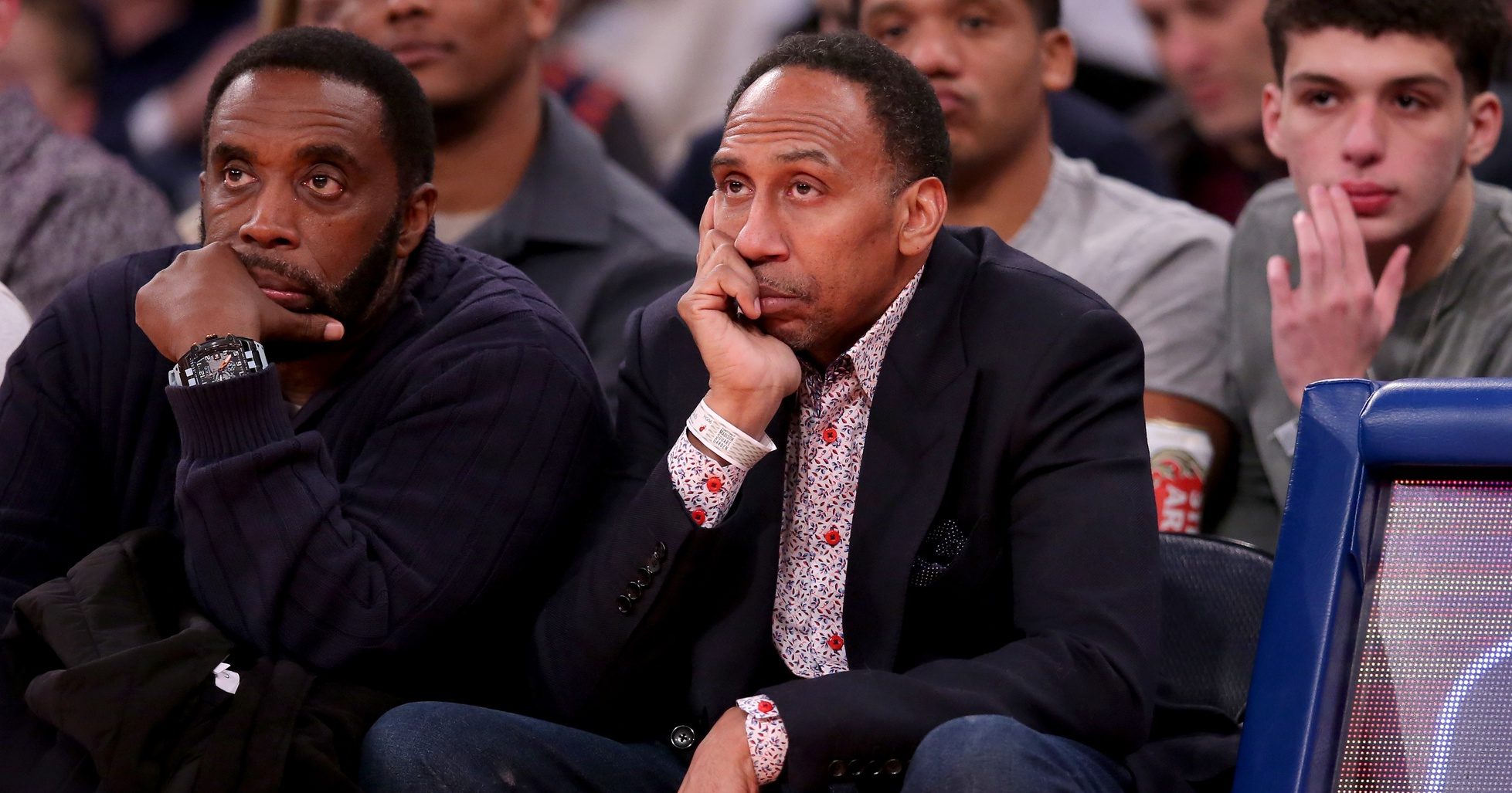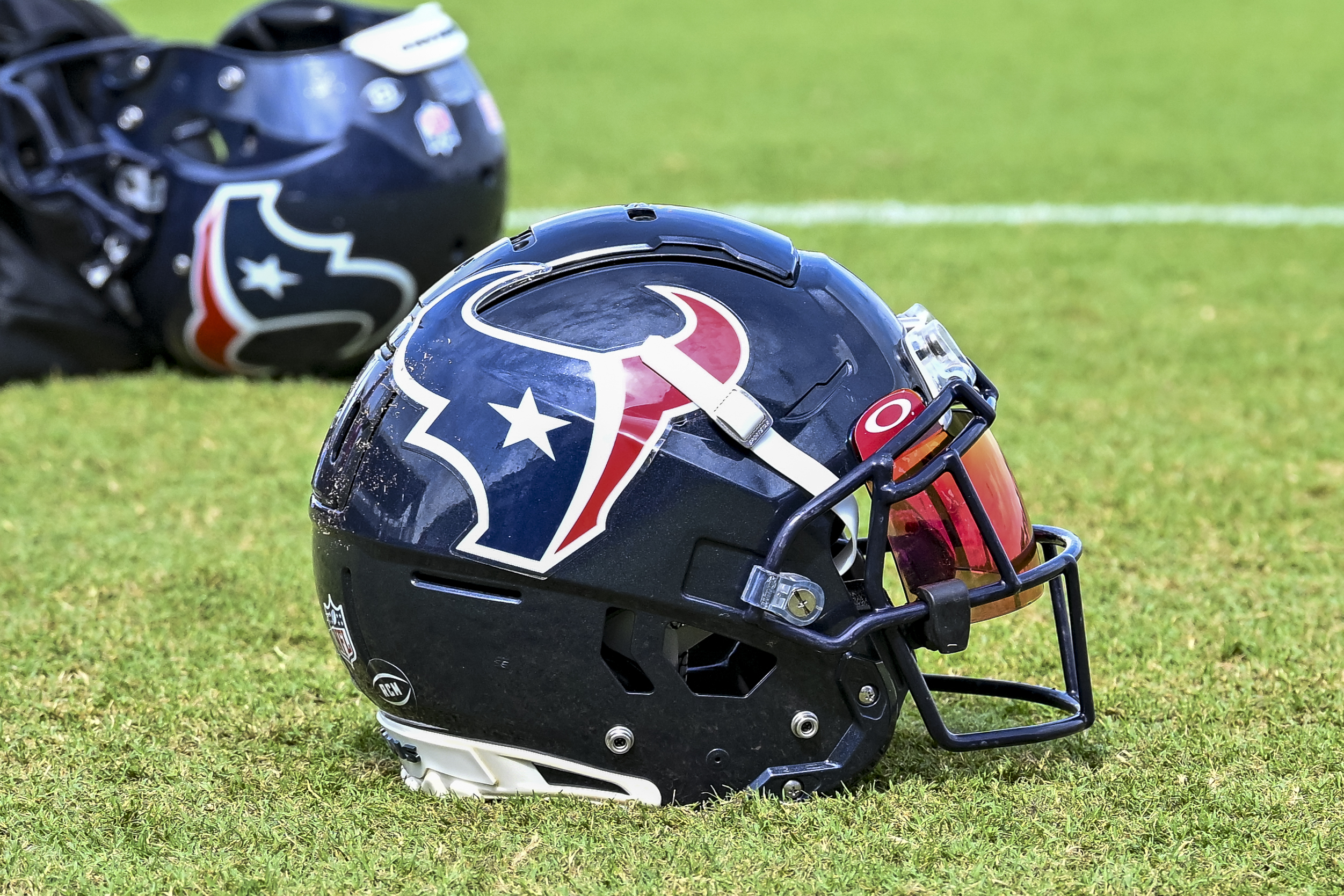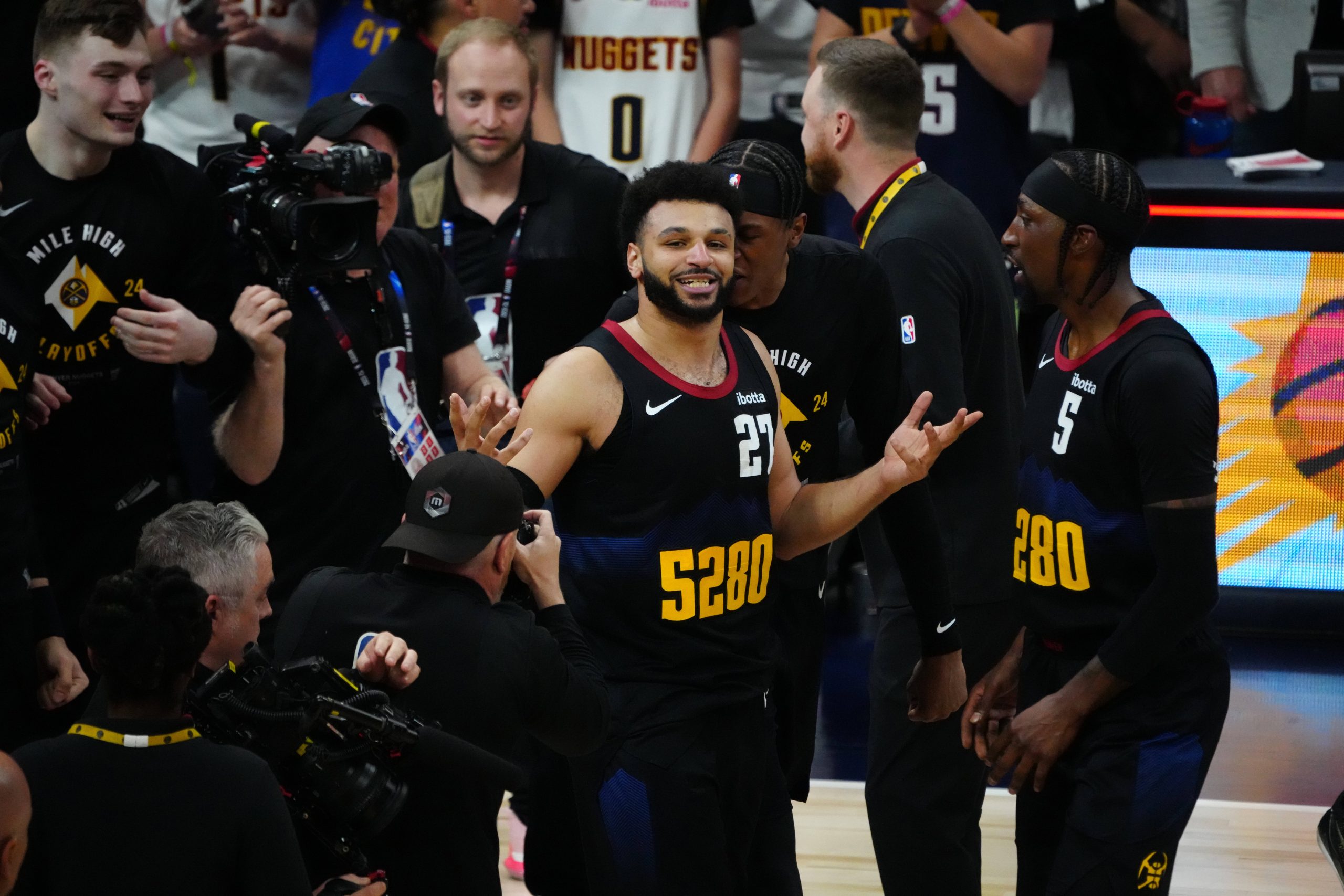The chances of making it to a second consecutive postseason did not look good for the New York Mets. As of Aug. 19, the team was third in the NL East behind the Washington Nationals and Miami Marlins, while also 5.5 games in the wild-card standings and two teams ahead of them.
Yet despite that steep climb and a myriad of injuries to deal with, the Mets went 18-11 after Sept. 1 and surged to a NL wild-card playoff spot. The Mets ran into the postseason buzzsaw that’s Madison Bumgarner in the NL Wild Card Game, and there is surely disappointment that the team didn’t advance to face the Cubs in the NLDS. But considering what the team had to overcome during the regular season and how improbable a playoff return once looked, returning to the postseason has to be viewed as miraculous.
Preseason Prediction: The scary thing for the competition in the NL is that the Mets’ pitching could be even better this season. And though adding payroll might still be a concern, Alderson demonstrated last year that he can make bold, impactful moves at the trade deadline that can give his team a boost during the pennant race, if needed. Winning 95 games or more is not out of the question, nor is ending the season with a clubhouse champagne celebration. (Ian Casselberry, March 25).
What Went Right: Noah Syndergaard established himself as the clear ace of a team loaded with young starting pitching. Yes, he was the last arm throwing by the end of the season, and was thus a no-brainer pick for manager Terry Collins to start the NL Wild Card Game. But the 24-year-old didn’t merely ascend to No. 1 status because he was healthy. Syndergaard finished third among NL starters with a 2.60 ERA and 218 strikeouts in 183.2 innings. Advanced metrics looked even more favorably on Syndergaard’s performance. His 2.29 FIP (Fielding Independent Pitching) was tops among MLB pitcher, as was his 6.5 WAR.
Yoenis Cespedes was once again the key run producer for the lineup, showing how important it was for the Mets to re-sign him (even if the free agent market worked in the team’s favor by getting Cespedes to settle for a shorter-term deal). Curtis Granderson had a resurgent season from a power standpoint, slugging 30 home runs, though he only batted .237.
The Mets’ revamped middle infield was also impressively productive. Before being sidelined with a back injury that eventually required season-ending surgery, Neil Walker provided the same production the team received from Daniel Murphy in previous season. The second baseman batted .282 with an .823 OPS and 23 home runs. Shortstop Asdrubal Cabrera supplied the pop that the Mets were hoping for, posting a .280 average, .810 OPS, 30 doubles and 23 homers.
Closer Jeurys Familia’s 2016 season might be defined by serving up the three-run homer to Conor Gillaspie that decided the NL Wild Card Game. But he was one of the best closers in the league during the regular season, racking up a MLB-leading 51 saves and striking out 84 batters in 77.2 innings. Addison Reed also did an excellent job pitching behind Familia in the eighth-inning setup role, compiling a 1.97 ERA and 91 strikeouts in 77.2 innings.

What Went Wrong: If the Mets were going to compete with the Chicago Cubs for the National League pennant and a possible World Series championship, starting pitching had to be the key to their success. But that vaunted starting rotation was plagued with injuries throughout the season, never assembling the staff that the Mets envisioned going into the season.
Matt Harvey dealt with shoulder issues (possibly related to his workload the previous year) that eventually resulted in season-ending thoracic outlet syndrome surgery. The success rate in returning from that procedure has been mixed, though at 27 years old, Harvey’s age could seemingly work in his favor. Jacob deGrom — who looked like the Mets’ ace coming into the season, and pitched like it up until August — eventually succumbed to forearm tightness that is often the precursor to a more serious elbow injury. Steven Matz was expected to be a back-end starter, if for no other reason than workload. But a shoulder impingement effectively ended his season in mid-August.
Injuries affected the lineup as well, notably on the infield corners. First baseman Lucas Duda was limited to 47 games and didn’t play since mid-May after suffering a stress fracture in his back. And third baseman David Wright’s career might be in question after developing a herniated disk in his neck that eventually required surgery. Between that and the spinal stenosis he’s been battling since last season, Wright might be dealing with too much pain and pregame preparation in order to play.
Most Surprising Player: How many teams could withstand losing three-fifths of its starting rotation and still manage a successful season? The Mets should have been knocked out of the NL wild-card race after losing Harvey, Matz and deGrom. Yet an organization deep in starting pitching came up with two arms that made significant contributions toward the team’s playoff drive.
Seth Lugo appeared in 17 games (making eight starts) and compiled a 2.67 ERA, which is better than his minor league performance (though pitching in hitter-friendly Las Vegas has to be factored in) would have implied. Gabriel Ynoa also pitched well in three starts (10 appearances overall), posting a 3.18 ERA with 11 strikeouts in 11.1 innings.
But the most impressive fill-in was Jacob deGrom-lookalike (hair-alike?) Robert Gsellman, another pitcher whose stats weren’t looking great in Triple-A. But more important than a 5.73 ERA pitching for Las Vegas was his 40 strikeouts in 48.2 innings. Called up in late August, the right-hander was outstanding in seven starts for the Mets, compiling a 2.42 ERA with 42 strikeouts in 44.2 innings. Gsellman, 23, had a strong September, posting a 3-1 record and 2.06 ERA, while striking out a batter per inning.
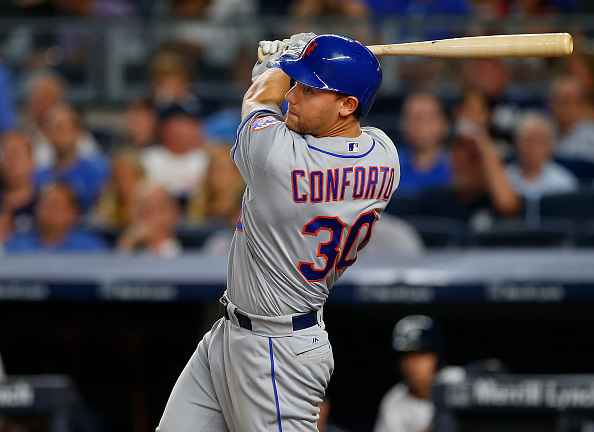
Most Disappointing Player: After a promising rookie season during which he batted .270 with an .841 OPS, 14 doubles and nine homers in 194 plate appearances, Michael Conforto looked like the Mets’ left fielder of the present and future. But the 23-year-old struggled in his sophomore season, posting a .220/.310/.414 triple-slash average with 12 home runs and 42 RBI.
Conforto was sent down to the minors twice, once in late June and again in mid-August, and his poor performance likely necessitated the need to acquire Jay Bruce at the trade deadline. (Though Bruce is also insurance for Yoenis Cespedes opting out of his contract and going into free agency again.) But he was on the playoff roster for the NL Wild Card Game, which probably speaks well of his standing with the Mets. If and when Cespedes departs, Conforto will surely be the favorite to win the starting left field job next season.
The Future: With the Mets making the postseason despite so many injuries, there should be plenty of optimism for the near-future and beyond, right? No team is loaded with more quality young starting pitching. Yet the future has to be viewed as cloudy in the near-term. Four pitchers will be coming off surgery — including Zack Wheeler, who didn’t return this season following Tommy John surgery in early 2015. Under those circumstances, don’t the Mets have to bring back ageless wonder Bartolo Colon?
However, the bigger concern could be with the lineup and the likely departure of Cespedes. The outfielder can opt out of his contract, and is almost certain to draw a more lucrative, long-term deal in free agency this winter. How will the Mets replace his production in the lineup? Yet Cespedes enjoys playing for the Mets, so maybe it’s not wishful thinking to believe that he’ll once again accept a front-loaded, short-term contract that provides incentive for him to produce another strong season.

